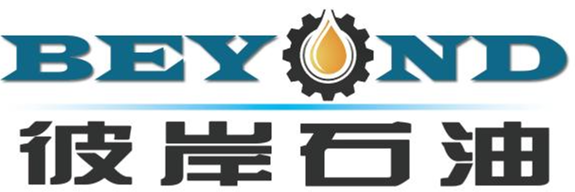Oilfield gate valve
Oilfield gate valves are indispensable key equipment in the oilfield exploitation and transportation process. They are mainly used to control the fluid flow of oil wells, including cutting off, connecting and regulating the liquid flow in the pipeline.
1. Type
According to application requirements, there are various types of oilfield gate valves, such as high-pressure wellhead gate valves, flat gate valves, etc.
According to the structural form of the gate, gate valves can be divided into two types: wedge type and parallel type. The sealing surface of a wedge gate valve forms a certain angle with the vertical centerline of the gate valve. Generally, wedge gate valves are single gate valves with two sealing surfaces forming a wedge shape. This type of gate valve is commonly used in oil, water, and gas pipelines with large temperature changes.
The sealing surface of a parallel gate valve is parallel to the vertical centerline of the gate valve. This type of gate valve is often made with a double gate and is suitable for low-pressure, large-diameter, and high viscosity oil-water pipelines or inlet pipelines of oil-water pumps.

2. Structure
The opening and closing element of an oilfield gate valve is the gate disc. The gate disc's movement is perpendicular to the flow direction, so the valve can only be fully opened or closed and cannot be adjusted or throttled.
The main structure includes the gate disc, valve body, valve seat, and handwheel. The gate disc is the key component, responsible for blocking or connecting the fluid passage.
Some oilfield gate valves are also equipped with a stem protection sleeve to reduce the possibility of stem damage and extend the service life of the valve stem.

3. Working Principle
The operating principle of an oilfield gate valve is to shut off and connect fluids through the up and down movement of a gate disc. When the gate disc is fully open, fluid can flow freely through the valve; when the gate disc is fully closed, the flow is completely blocked. In some cases, a gate valve can be partially opened to regulate fluid flow. However, this method can easily cause eddy currents behind the gate disc, leading to erosion and vibration of the gate disc. Therefore, it is generally not recommended for throttling purposes.

4. Performance Characteristics
Wide Applicable Media: Oilfield gate valves are typically used to transport media such as water, oil, and steam. Different media have different requirements for gate valve materials and sealing performance. For example, gate valves used to transport oil products require excellent corrosion resistance.
Wide Temperature Resistance: Oilfield gate valves typically have an operating temperature range of -29°C to 230°C. Gate valves made of different materials are suitable for different temperature ranges. For example, stainless steel gate valves can be used at higher temperatures.
Good Sealing: Oilfield gate valves utilize a forced sealing mechanism to ensure a secure seal when closed, preventing leakage.
Simple Structure and Easy Maintenance: Oilfield gate valves have a relatively simple structure, making them easy to manufacture, repair, and maintain.


5. Application Scenarios
Oilfield gate valves are widely used in oilfield water injection and oil production systems, as well as in oil and gas gathering and transportation pipelines and refining facilities. They not only effectively control the direction and flow of high-pressure oil and gas flows but also rapidly shut off the flow in emergencies, ensuring the safety of personnel and equipment. Furthermore, their corrosion and wear resistance ensure long-term, stable operation in harsh oilfield environments.


6. Selection key points
Material selection: Choose appropriate stainless steel or other corrosion-resistant materials based on the corrosiveness of the medium.
Pressure resistance level: Select the appropriate pressure resistance level based on the system working pressure to ensure that the valve can withstand the system pressure.
Sealing performance: Choose valves with reliable sealing performance to ensure that the fluid can be completely cut off when closed.
Nominal diameter: Select the appropriate nominal diameter according to actual usage needs to ensure that the valve can meet the flow requirements of the pipeline system.
Drive mode: Choose manual, electric, or pneumatic drive mode based on operating frequency and degree of automation.
 EN
EN
 AR
AR
 FR
FR
 HI
HI
 IT
IT
 RO
RO
 RU
RU
 ES
ES
 TL
TL
 ID
ID
 SL
SL
 UK
UK
 SQ
SQ
 TR
TR
 FA
FA
 MS
MS
 AZ
AZ
 KA
KA
 MN
MN
 KK
KK
 UZ
UZ
 KY
KY

